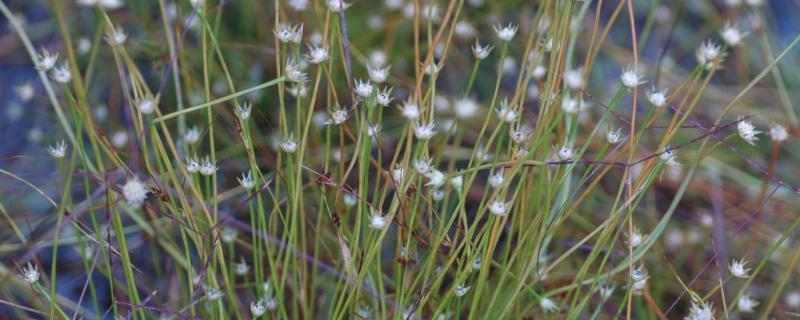In a recent study, researchers describe this new species of diatoms from the Mawsmai caves in Meghalaya.
IIT Bombay’s new deep learning framework, named SpADANet, enhances damage classification accuracy using limited labels across multiple hurricanes.
Mumbai/

![Diploneis mawsmaii, the new species of diatoms discovered [Image Credits: Dr Karthick Balasubramanian] Tiny but mighty: Newly-discovered diatom from Meghalaya’s cave puts the spotlight on these algae](/sites/researchmatters/files/styles/large_front_800x320/public/meghalaya_diatom.png?itok=zhostsU7)
![Salted capers [Image Credits: James F. Carter / CC BY-SA] The capers in your pasta are a lot more different than you think](/sites/researchmatters/files/styles/large_front_800x320/public/image1_12.jpg?itok=KwScZpe9)

